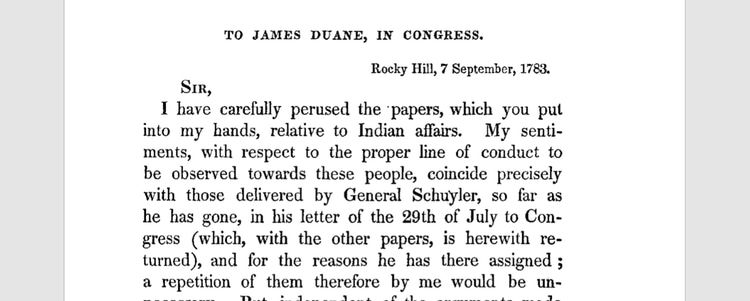


11/02/2007
The University of Delaware program mind-control program I blogged about earlier has been canceled, because college administrations are cowardly, and the fact that they're instituting these programs is sign of cowardice in the face of the race hustling industry in the first place. When challenged by the media and alumni they frequently run in the other direction. The Foundation For Individual Rights in Education preserved some samples of their thinking:
FIRE — Excerpts from University of Delaware Office of Residence Life Diversity Facilitation Training
Excerpts are taken from from the University of Delaware Office of Residence Life Diversity Facilitation Training document, linked in PDF form below. — —
“A RACIST: A racist is one who is both privileged and socialized on the basis of race by a white supremacist (racist) system. The term applies to all white people (i.e., people of European descent) living in the United States, regardless of class, gender, religion, culture or sexuality. By this definition, people of color cannot be racists, because as peoples within the U.S. system, they do not have the power to back up their prejudices, hostilities, or acts of discrimination. (This does not deny the existence of such prejudices, hostilities, acts of rage or discrimination.)" — Page 3
— —
“REVERSE RACISM: A term created and used by white people to deny their white privilege. Those in denial use the term reverse racism to refer to hostile behavior by people of color toward whites, and to affirmative action policies, which allegedly give 'preferential treatment' to people of color over whites. In the U.S., there is no such thing as 'reverse racism.'" — Page 3
— —
“A NON-RACIST: A non-term. The term was created by whites to deny responsibility for systemic racism, to maintain an aura of innocence in the face of racial oppression, and to shift responsibility for that oppression from whites to people of color (called "blaming the victim"). Responsibility for perpetuating and legitimizing a racist system rests both on those who actively maintain it, and on those who refuse to challenge it. Silence is consent." — Page 3
— —
"Have you ever heard a well-meaning white person say, 'I’m not a member of any race except the human race?' What she usually means by this statement is that she doesn’t want to perpetuate racial categories by acknowledging that she is white. This is an evasion of responsibility for her participation in a system based on supremacy for white people." — Page 8
— —
"The notion of indigenous people as more akin to animals than human beings is at the basis of U.S. policy toward Native Americans. In 1784 George Washington, famous Indian fighter, large landholder and slave owner, advised the Continental Congress that it would be cheaper for the new nation to buy up Indian land than to make war on Indian people for the land. If you make war, Washington cautioned, 'the savage as the wolf' — both wild beasts of the forest — will retreat for awhile and then come back to attack you. Washington’s metaphor stuck. The young U.S. nation-state, and all sectors of European- American; began to view the Native American as a wild animal." — Page 10
The last part, about Americans thinking of Indians as wild animals because George Washington said so, is a prime example of the weirdness of multicultural thinking. You can read the Washington’s letter online via Google Books — it’s on p. 477, of The Writings of George Washington (1855): and the wolf quote is on page 484. As is typical, the multiculturalists got the date wrong — they're quoting from a letter "To James Duane, in Congress" written from Rocky Hill, September 7, 1783. I'd never heard this quote, but it’s been the subject of extensive whining from Indians, and from Noam Chomsky. However, for any readers who didn’t study American history in school, and for all the multicultural fantasists out there, here’s what you need to know:
As far as I can tell, many of these "multicultural educators" simply have no conception of the simple facts of history, as it was understood by a 10th grader in 1960.